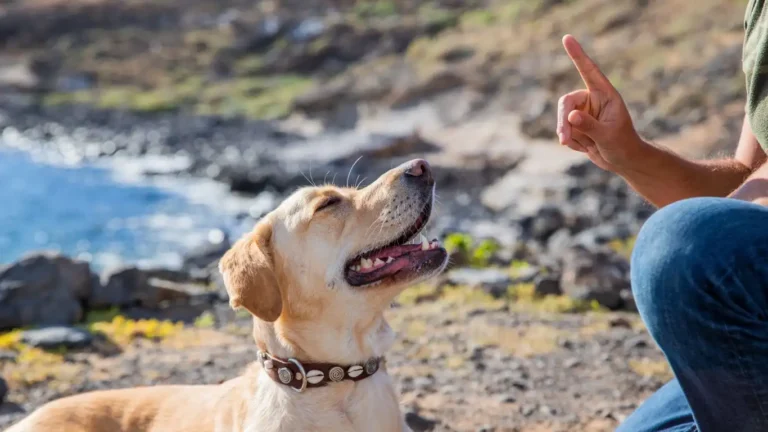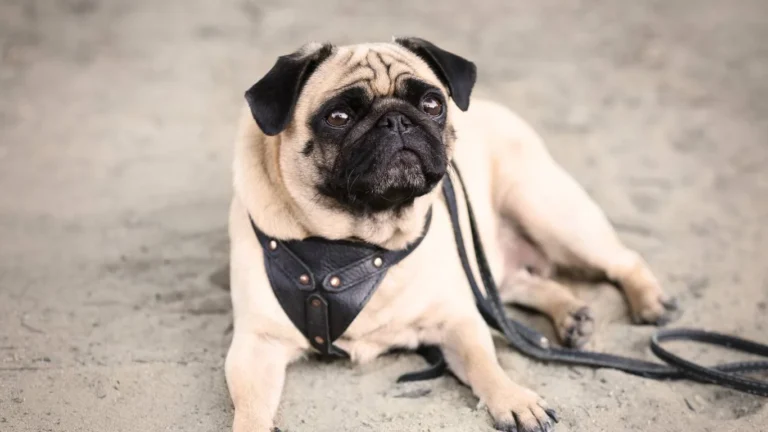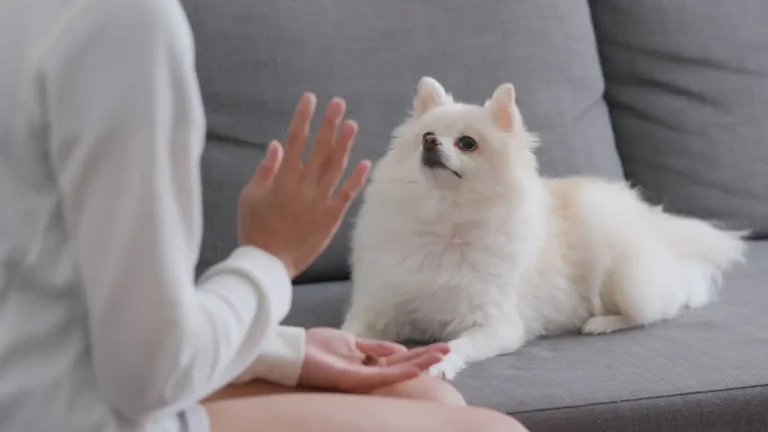Why Excessive Thirst in Dogs Could Signal a Health Problem
Have you ever noticed your pup suddenly guzzling down more water than usual and thought, “What’s going on here?” As someone who’s worked hands-on as a veterinary assistant with a strong focus on pet nutrition, I’ve seen this concern pop up a lot. So, let’s talk about it. What does excessive thirst in dogs indicate? It might seem harmless—especially on hot days or after a long walk—but when it starts happening regularly, it’s usually your dog’s way of saying something’s not quite right internally. And trust me, those early warning signs can make a big difference in their overall health.
Why Is My Dog Drinking So Much Water All of a Sudden?

This question comes up in vet clinics all the time, and for good reason. It catches pet parents off guard. One minute, your dog is drinking like usual, the next they’re hovering around their water bowl like it’s a buffet. I remember working with a sweet Golden Retriever named Max—his owner thought he was just extra thirsty from playing in the yard. But when we ran some tests, we found out there was more going on under the surface.
In the vet world, we call this increased thirst polydipsia. And while drinking more water might seem like a good thing (hydration, right?), it’s often a red flag for something deeper—especially when it’s out of character for your dog.
Common Medical Reasons Behind Increased Thirst
- Kidney Disease: One of the more serious causes. When the kidneys aren’t functioning properly, they can’t concentrate urine, leading your dog to urinate more—and drink more to make up for it.
- Diabetes Mellitus: Yep, dogs can get diabetes too. Excess sugar in the blood causes dehydration, which triggers thirst. I’ve seen early-stage diabetic dogs whose only real symptom was increased water intake.
- Cushing’s Disease: This hormonal imbalance ramps up cortisol, leading to excessive drinking and peeing. We diagnosed this in a spunky terrier who went from energetic to sluggish almost overnight.
- Urinary Tract Infections: They’re uncomfortable and cause your dog to drink more to flush things out. Sometimes the only sign is frequent bathroom breaks and a lot of water chugging.
When Should You Be Concerned?
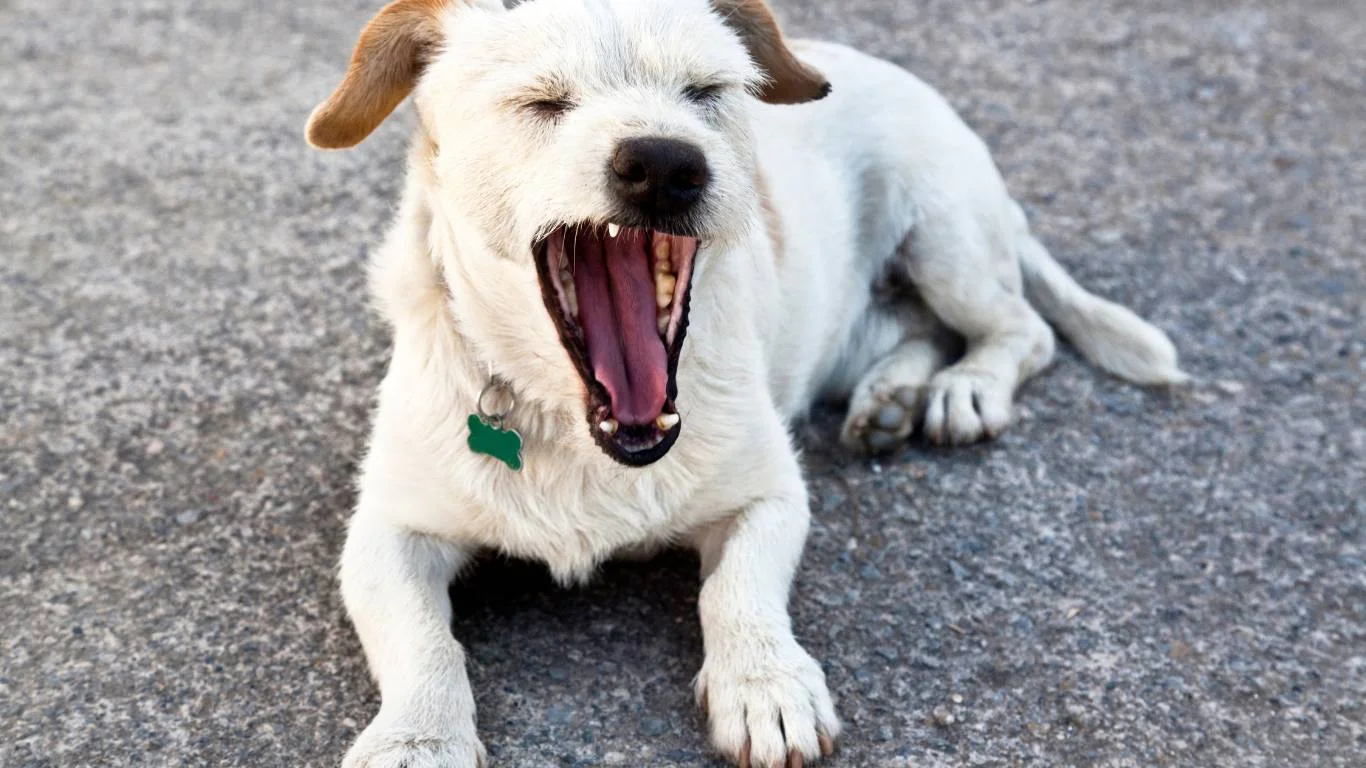
Okay, so how much is *too much* water? While every dog is different, a general rule of thumb is that dogs typically drink about an ounce of water per pound of body weight each day. If your pup is regularly drinking way more than that—say, your 50-pound Lab is downing two full bowls before lunchtime—that’s a pretty good indicator it’s time to check in with your vet.
Keep an eye out for these additional symptoms that often show up with excessive thirst:
- Increased urination (especially accidents in the house)
- Weight loss or gain
- Changes in appetite
- Lethargy or restlessness
- Unusual behavior—like licking floors or pacing at night
As someone who’s seen these cases day in and day out, I can’t stress this enough: if your gut tells you something’s off, don’t wait. I’ve seen early intervention make a massive difference, especially in chronic conditions like kidney disease or diabetes.
What Does Excessive Thirst in Dogs Indicate? Let’s Dig Deeper

So here’s the deal: excessive thirst in dogs usually indicates an underlying issue—and not just a fleeting one. From hormonal imbalances to organ dysfunction, there’s often a bigger picture at play. One of the most eye-opening cases I remember was a senior Shepherd who started drinking a lot more water and began losing weight. After testing, we uncovered early-stage kidney failure. The good news? Because we caught it early, we were able to manage it effectively through a combination of diet, hydration tracking, and meds. That dog gained back energy and got a couple more good years with his family.
And that’s really the goal here: awareness. Dogs can’t tell us what’s wrong, but they do give us signs. As pet parents (and vet pros like me), it’s up to us to notice the changes, no matter how small they seem. The more tuned in you are, the better you can catch potential issues early—and keep your pup happy, healthy, and hydrated.
How Nutrition Impacts Thirst and Overall Hydration

Let’s talk food. Because as someone who’s spent a lot of time in the trenches of pet nutrition, I can tell you—what you feed your dog plays a huge role in how much water they drink and how their body processes it. A lot of folks don’t realize that diet can directly affect thirst levels. It’s not just about salt content (though that matters too)—we’re also talking about moisture levels in food, quality of ingredients, and how easily your dog can digest what they’re eating.
For example, dogs on dry kibble diets often drink more water than dogs fed wet or raw food. Totally normal. But if you suddenly switch to a high-protein dry food or one loaded with sodium or fillers, and notice your pup is gulping down water nonstop—well, that’s your first clue something’s off nutritionally.
Tips from the Nutrition Side of the Exam Table
- Check ingredient labels: Watch for added sodium, MSG-type flavorings, or mystery “animal by-products.” These can cause thirst spikes.
- Transition diets slowly: Sudden food changes can stress your dog’s system and affect water needs and digestion.
- Consider moisture-rich options: Mixing wet food into kibble or trying fresh diets can help keep your pup hydrated through their meals.
One time, we had a pup named Daisy who suddenly started drinking excessively. Her owner had just switched her to a “high performance” dry food, thinking it’d help with her energy. Turns out, it was packed with sodium and heavy protein—great for sled dogs, not so much for a chill couch-loving Beagle. We adjusted her diet, and boom—normal hydration restored.
Could It Be Behavioral or Environmental?

Now, not every case of excessive thirst points to illness. Sometimes, it’s actually more about your dog’s environment or even their emotional state. Sounds weird, right? But dogs can be quirky like that. I’ve seen pups start drinking more just because of a new routine, weather changes, or even stress.
Here Are a Few Common Non-Medical Triggers:
- Hot weather: Obvious, but worth mentioning. Dogs overheat quickly, and thirst goes up fast—even with air conditioning.
- Increased activity: New play routine or longer walks? They’ll naturally need more hydration to balance that out.
- Anxiety: Dogs dealing with separation anxiety or environmental stressors (like a move or a new pet in the house) may start drinking more as a coping mechanism.
- Boredom: I know it sounds strange, but we had one lab who figured out drinking meant more outside potty breaks—which meant more backyard play. Smart dog.
If the increased thirst doesn’t come with any other symptoms—like accidents, appetite changes, or lethargy—it might just be behavioral. Still, it’s always best to rule out the medical stuff first, especially if it persists beyond a couple of days.
Tracking Thirst: A Simple but Powerful Tool
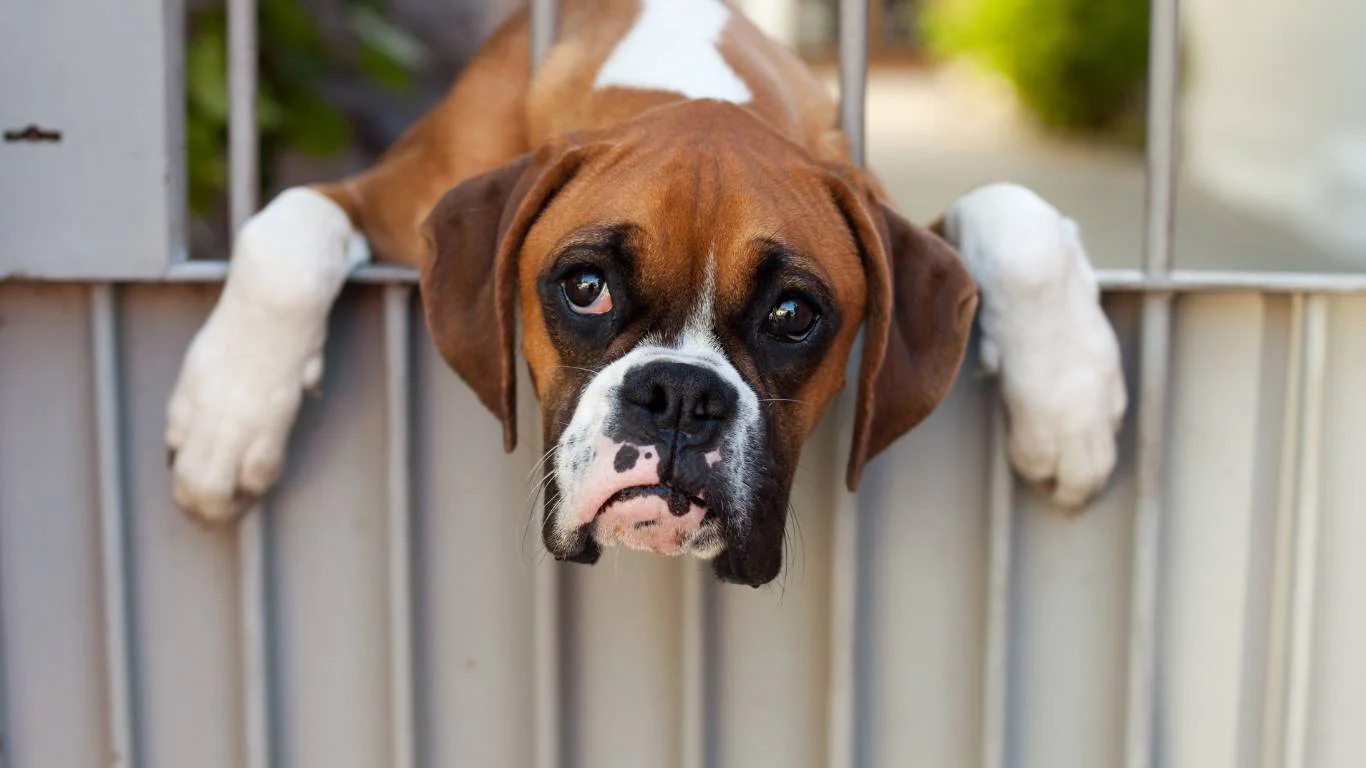
One super practical tip from the clinic: start tracking your dog’s water intake. You don’t need a fancy app—just a sticky note or a whiteboard near the bowl works fine. Note how many times you refill it and roughly how much they’re drinking. This info is gold when you visit the vet. Trust me, when a pet parent walks in with real data on their dog’s thirst habits, it makes our job SO much easier.
It also helps catch trends early. Maybe you won’t notice a gradual increase over a week—but your notes will. And if you live in a multi-pet home like I do, labeling water bowls or monitoring who’s drinking what can really help zero in on changes.
What You Can Start Doing Today:
- Measure water intake: Use a measuring cup or pitcher to know exactly how much is being consumed daily.
- Keep water bowls clean: Dirty bowls can deter drinking or harbor bacteria—especially in warm weather.
- Make a hydration station: Place multiple water bowls around the house, especially if you’ve got a senior pup who may not move around much.
One of our clients started adding a bit of low-sodium bone broth to her dog’s water bowl, not only to encourage hydration but also to monitor how quickly it was disappearing. Genius move. Her little Yorkie ended up needing a minor dietary tweak—but thanks to early awareness, she avoided a much more serious diagnosis later on.
When to See the Vet—and What to Expect

If your pup’s thirst suddenly ramps up and stays that way for more than a day or two, don’t second guess yourself—book that vet appointment. You’re not being paranoid, you’re being proactive. I’ve seen too many cases where pet parents waited, thinking it was “just a phase,” only for the issue to spiral into something more serious.
So what happens at the vet when you say, “My dog’s drinking a lot more than usual?” Here’s what we usually start with:
- Full physical exam: We look for signs of dehydration, organ issues, or infections.
- Urinalysis: This checks for things like glucose, bacteria, and concentration—super helpful for ruling out diabetes or kidney issues.
- Bloodwork: A CBC and chemistry panel give us insight into liver function, kidneys, blood sugar, and more.
- Additional tests: Depending on results, we might recommend an ACTH stimulation test (for Cushing’s), x-rays, or even an ultrasound.
I’ve worked with many vets who always say, “Diagnosing polydipsia is like following breadcrumbs.” And honestly, it’s true. The symptoms can be vague, but with the right tests—and your observations from home—we can usually connect the dots quickly.
Managing Excessive Thirst in Dogs: The Long-Term Game

Once you’ve got a diagnosis (or at least ruled out the big scary stuff), it’s all about the management plan. Sometimes it’s as simple as a diet change. Other times, you might need meds or regular monitoring. Either way, it’s completely doable—and honestly, your dog will thank you for being on top of it.
Here’s What Management Might Look Like:
- Chronic conditions like kidney disease or diabetes: These usually involve daily medications, prescription diets, and more frequent vet check-ins.
- Hormonal imbalances: Conditions like Cushing’s require ongoing medication and monitoring, but many dogs live full, happy lives with the right care.
- Dietary adjustments: Switching to lower-sodium, high-moisture foods can help reduce thirst if diet is the issue.
- Behavioral causes: For dogs with anxiety-related drinking, environmental enrichment, training, and sometimes calming aids can help.
One of my favorite success stories? A goofy Boxer named Louie. He was guzzling down water like a camel, and his owner was beside herself with worry. Turned out Louie had a mild but chronic UTI that didn’t show up right away on a dipstick. Once we got him on antibiotics and changed his food, the excessive thirst dropped off within a week. Now he’s back to his usual self—minus the constant trips to the water bowl.
Staying Ahead of the Game: Prevention & Awareness
Okay, so now you know what excessive thirst in dogs can indicate, how to track it, and what to expect if you need to go to the vet. But what about staying ahead of it all?
Here are a few easy ways to help prevent issues—or at least catch them early:
- Annual wellness checks: Even if your dog seems healthy, regular bloodwork and exams help us catch subtle changes early.
- Hydration awareness: Notice how much your dog normally drinks so you’ll spot deviations quicker.
- High-quality food: Feed a balanced, vet-approved diet. Skip trendy ingredients that might mess with hydration or digestion.
- Weight management: Obesity increases the risk of diabetes and other diseases tied to excessive thirst.
Most importantly, listen to your gut. You know your dog better than anyone else. If something seems off, it probably is. And being their advocate at home makes all the difference in the world—both to them and to your vet team.
Resources & References
Here are some trusted veterinary and pet health resources I often recommend to pet parents looking for more info:
- American Veterinary Medical Association (AVMA)
- American Animal Hospital Association (AAHA)
- VCA Animal Hospitals
- PetMD
These sites offer trustworthy, vet-reviewed information if you’re diving deeper into conditions like kidney disease, diabetes, or Cushing’s.
Disclaimer:
This article is based on my experience as a veterinary assistant with a focus on nutrition, and is intended for educational purposes only. It should not be used as a substitute for professional veterinary advice. If you notice excessive thirst or any other concerning symptoms in your dog, please consult your veterinarian promptly.

